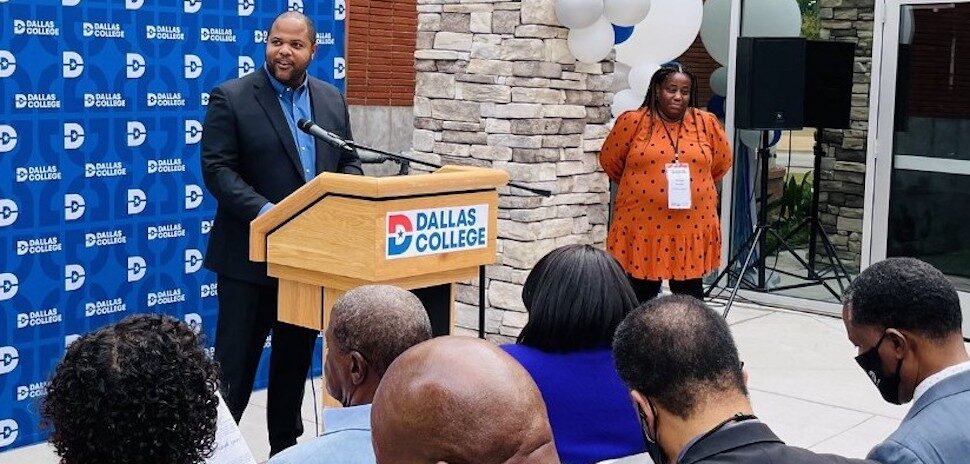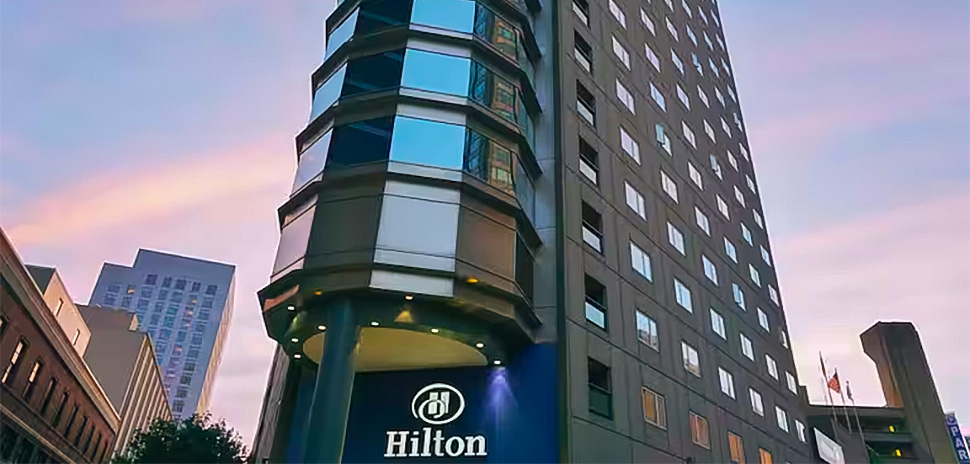HOW THREE OF OUR MAYORS HAVE MADE INNOVATIONS TO GROW THE CITY OF DALLAS
The City of Dallas began as just a glimmer in the eye of a Tennessee lawyer searching for fortune. John Neely Bryan built a sod roofed lean-to on a bluff overlooking the east fork of the Trinity River — where the river narrows and the bottom of firm chalk rock makes crossing easy. His lean-to became a trading post for the frequent travelers crossing the Trinity: native Indians, settlers looking for a home, and outlaws and fortune seekers of all stripes.
Bryan’s modest trading post grew — and grew and grew. More than 170 years after Bryan’s commercial experiment, that handful of settlers and fortune seekers has ballooned to 1,257,676 residents, many of whom exemplify the can-do, risk-taking nature of Bryan’s first customers.
From the day Dallas was incorporated, its leaders have exemplified Bryan’s ideal of a city based on commerce and a business-centric philosophy.
Indeed, Dallas’ evolution from modest trading post to metropolis has taken bursts of innovation and creativity by the leagues of leaders who’ve followed in Bryan’s enterprising footsteps. From the day Dallas was incorporated, its leaders have exemplified Bryan’s ideal of a city based on commerce and a business-centric philosophy.
To be sure, Dallas has faced its fair share of crises: economic depressions, floods, fires, and even a presidential assassination. Yet, each time Dallas has faced calamity, individuals emerged, often city leaders, to attack the problem of the day, creatively, passionately, and often successfully. Their approaches varied based on the crisis de jure, but they all shared the common thread of making bold, creative choices for their time, to lead their city out of the predicament. Below are three styles of innovation applied by three mayors during three distinct eras of change in North Texas.
R.L. Thorton, Dallas Mayor, 1953-1961
R.L. Thorton, “Mr. Dallas” as he came to be known, transformed Dallas from a “provincial, trading, and commodity market” to a “sophisticated modern Metropolis.” Thorton first pitched his radical idea of aggregating the public and private power brokers into a cohesive civic planning and governing engine a full 15 years before he became mayor in 1953. He was the first bold leader to recognize the need to define and promote goals much bigger and more important to the city and its future than the disparate competing business interests of the time. Thorton sought to combine the economic muscle of Dallas’ captains of industry with City Hall’s influential civic leaders. He rallied his newly assembled “hundred men” to wrestle away the Texas Centennial from Houston and San Antonio. The 1936 Centennial hosted more than 6 million people, including President Roosevelt, and rivaled the World’s Fair for size and prestige. Thorton’s ability to unite public and private interests thrust Dallas onto the international stage for the first time.
Thornton was the first bold leader to recognize the need to define and promote goals much bigger and more important to the city and its future than the disparate competing business interests of the time.
Thorton served as mayor of Dallas from 1953 through 1961, and he remembered well his lesson from the Centennial: the power of using the business elite to serve the city’s greater interest. While in office, he formed the Dallas Citizens Council (DCC), comprised of 100 CEOs and board chairman from the city. Membership was by invitation only, and the DCC influenced the growth and direction of Dallas. While never an official governmental body, the members had immense power and influence to get things done. Some accused Thorton of cronyism, but the list of projects he initiated was impressive: the new city library, deleted on accident (?), I-30 connecting Dallas to Fort Worth, Dallas Market Center, Trade Mart, Market Hall, Apparel Mart, World Trade Center, and the Infomart. The power and influence of the DCC lasted well into the late 20th century, with notable members including many of the City’s mayors and city councilmembers.
Erik Jonsson, Mayor of Dallas, 1964-1971
The city was struggling with the burden and shame from the assassination, so Jonsson engaged in a campaign focused not on captains of industry but on communities and citizens.
In contrast to R.L. Thorton’s top-down, co-opetition, “government run like a business” model, Erik Jonsson, elected Dallas’ mayor in 1964, sought to govern the city with a different mandate. Jonsson, a founder of Texas Instruments, became mayor of Dallas in 1964, just after the assassination of President Kennedy. The city was struggling with the burden and shame from the assassination, so Jonsson engaged in a campaign focused not on captains of industry but on communities and citizens. Jonsson’s tenure was marked by reaching out to the people of Dallas to get their opinion on setting the future direction for the city, and he implemented a Goals for Dallas initiative, a city-wide, community-focused effort to capture the citizen’s hopes, dreams, and concerns on what Dallas must do to prosper and grow. His genius was at a time of turmoil, a time of self-doubt for the city and its citizens, at a time when the rest of the country, and to a lesser extent the world, berated Dallas for Kennedy’s assassination. Jonsson’s initiative morphed into a cathartic therapy of sorts, that helped the city and its people move past tragedy, and set viable, laudable, and progressive goals.
His Goals for Dallas initiative spurred the construction of DFW Airport, the Dallas Convention Center, the New Museum of Fine Arts, and Dallas City Hall. The program helped establish public school kindergartens, citywide family planning, the University of Texas at Dallas, and several branch libraries and neighborhood parks.
Mike Rawlings, Mayor of Dallas, 2011-Current
Dallas’ current mayor, Mike Rawlings, has adopted a hybrid of Thorton’s and Jonsson’s approaches. Mayor Rawlings has sought to harness the power, wealth, and influence of the city’s elite (and the organizations and companies they represent) to fund and drive his vision of revitalization and growth. Yet Rawlings has also shown that he understands the importance of community engagement, as he and his staff have made continued to engage with neighborhood and community leaders and their constituents in public forums, workshops, and charrettes.
Mayor Rawlings has sought to harness the power, wealth, and influence of the city’s elite (and the organizations and companies they represent) to fund and drive his vision of revitalization and growth.
So far, Rawlings seems to recognize how complex governance has become in this former trading post. The Mayor will need all the help he can muster from R.L. Thorton’s business power centers, just as he needs community buy-in from Dallas’ very diverse citizens and communities, as Jonsson recognized. Mayor Rawlings must continue to strive to exemplify the innovations of his predecessors, while balancing the needs of constituents often overlooked in his predecessors efforts. Innovation must embrace inclusion.
For a daily dose of what’s new and next in Dallas-Fort Worth innovation, subscribe to our Dallas Innovates e-newsletter.




































































